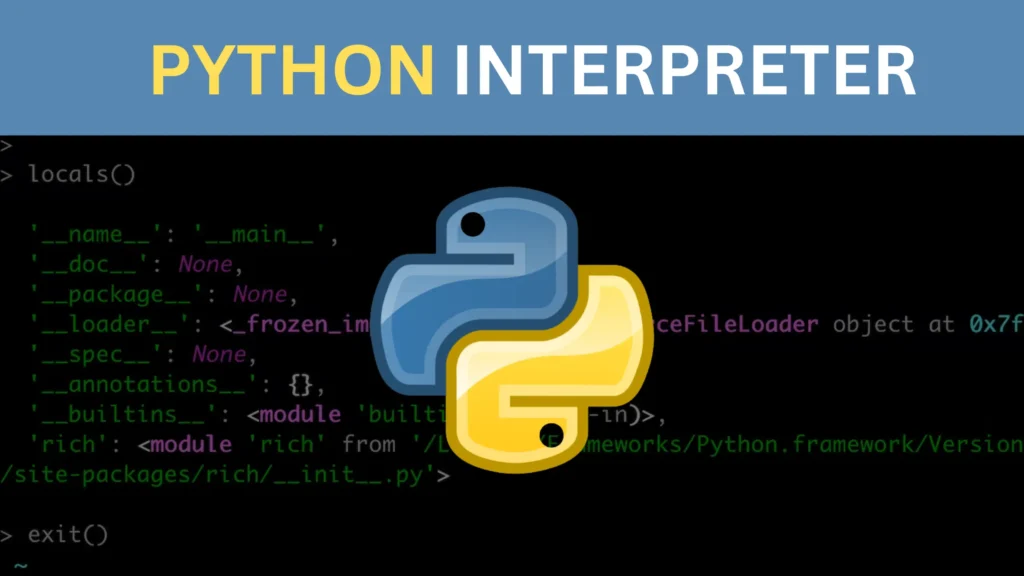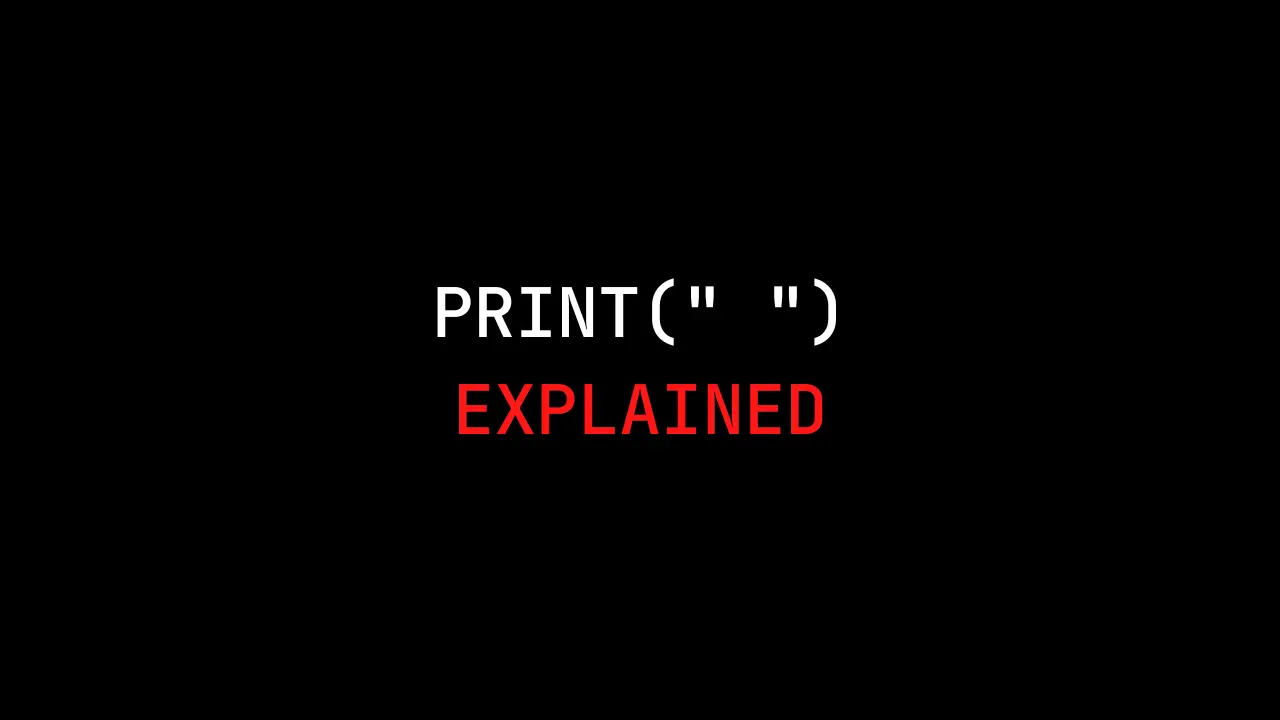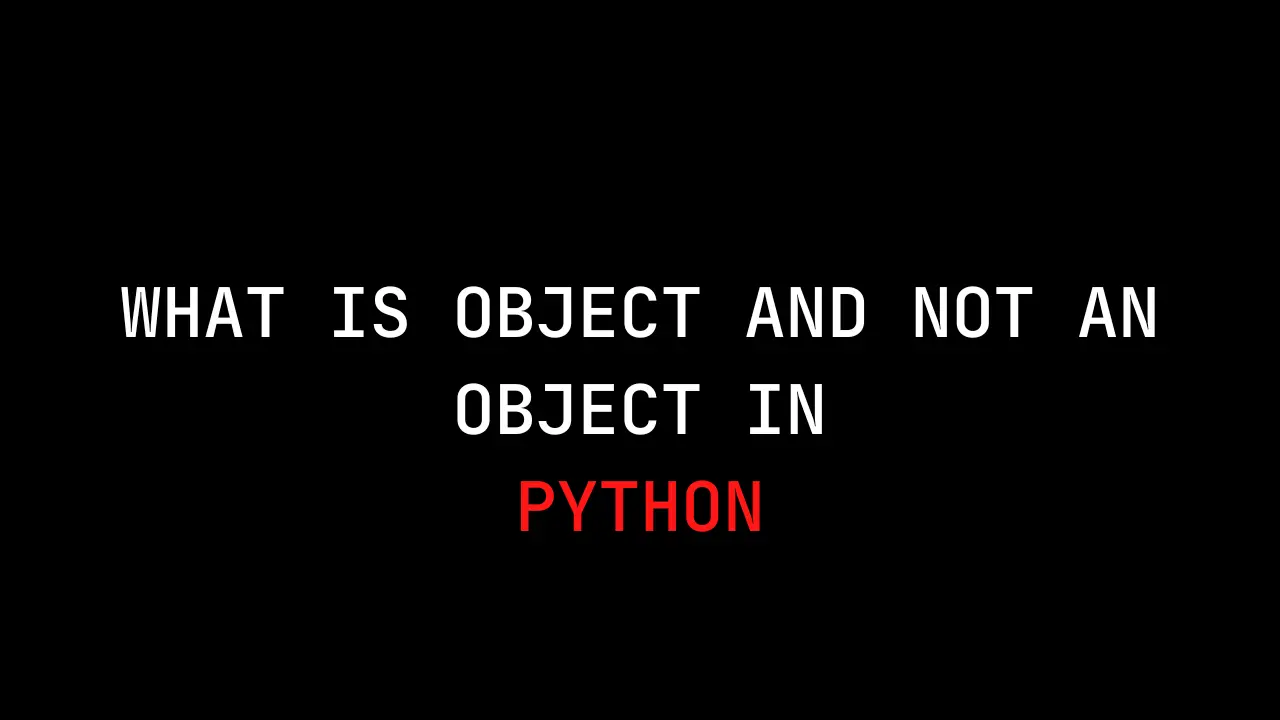What is a Python Interpreter?
A Python interpreter is a fundamental component of the Python programming language. It plays a pivotal role in the execution of Python code, allowing developers to run and test their programs. Unlike compilers, which translate the entire code into machine language before execution, Python interpreters analyze and execute code line by line, making them an integral part of the development process.
Video
The Difference Between a Python Interpreter and a Compiler
To understand the key differences between a Python interpreter and a compiler, it’s important to consider their distinct characteristics:
1. Execution Process
- Interpreter: In Python, the interpreter executes code line by line. This means that if there is an error in one line, the entire program doesn’t come to a halt; the interpreter continues to the next line after providing an error message. This can be particularly helpful for identifying and correcting issues as they arise.
- Compiler: Compilers, on the other hand, translate the entire code into machine language before execution. Therefore, any errors in the code are only identified after the compilation process, and the program won’t run until all errors are rectified.
2. Portability
- Interpreter: Python code is generally portable across different platforms. As long as there’s a Python interpreter compatible with the platform, the code can be run without modification.
- Compiler: Compiled code is often platform-specific, as it is translated into machine code for a particular system. This means that the code must be recompiled for each platform, potentially leading to additional work and compatibility issues.
3. Speed
- Interpreter: Python interpreters are generally slower than compilers because they execute code line by line. While this may result in slower program execution, it also allows for more flexible and dynamic programming.
- Compiler: Compiled code is faster, as it’s already in machine language and doesn’t require on-the-fly interpretation. This can lead to more efficient program execution.
4. Debugging
- Interpreter: Debugging can be easier with interpreters since they provide immediate feedback on errors, allowing developers to correct issues as they appear. This can be a significant advantage during the development and testing phases.
- Compiler: Debugging in compiled languages can be more challenging, as errors are detected after the code is compiled. This means that developers need to find and fix errors in a separate step, which can be less efficient.
How an Interpreter Works in Python
A Python interpreter works by taking your Python code and executing it line by line. Here’s a simplified overview of how it operates:
- Parsing: The interpreter first parses your Python code to ensure it adheres to the language’s syntax rules. If there are any syntax errors, the interpreter will raise an error and point to the problematic line.
- Execution: After parsing, the interpreter executes your code line by line. It reads each line, interprets it, and performs the actions specified in the code.
- Output: Any output, such as print statements, is displayed in the terminal or output console.
- Error Handling: If the interpreter encounters errors during execution, it will display error messages, making it easier for you to identify and address issues.
How to Install and Run a Python Interpreter
Installing and running a Python interpreter is a straightforward process. Here’s how you can get started:
- Installation: If Python is not already installed on your system, you can download the latest version of Python from the official website (https://www.python.org/downloads/). Follow the installation instructions for your specific platform.
- Running the Interpreter:
- Interactive Mode: You can access the Python interpreter in interactive mode by opening your terminal or command prompt and typing
python. This mode is great for testing code snippets and experimenting with Python features. - Script Mode: For larger projects or scripts, write your code in script files with the “.py” extension. These scripts can be executed by running the
pythoncommand followed by the script’s filename. For example, to run a script named “my_script.py,” use the commandpython my_script.py.
- Interactive Mode: You can access the Python interpreter in interactive mode by opening your terminal or command prompt and typing
Using the Python Interpreter
Now that you have the Python interpreter up and running, you can start writing and executing Python code. Here are some tips for effectively using the Python interpreter:
- Interactive Testing: Use the interactive mode for testing and debugging small code snippets. It provides immediate feedback and allows you to experiment with Python features. Here’s an example command to enter interactive mode:Copy code
python - Script Development: For larger projects or scripts, write your code in script files with the “.py” extension. This approach helps you organize and manage your code effectively. To run a Python script, use the following command (replace
my_script.pywith your script’s filename):Copy codepython my_script.py - Leverage Python Libraries: Python offers an extensive standard library, as well as countless third-party libraries. Take advantage of these libraries to enhance the functionality of your programs and speed up development.
- Documentation: Maintain well-documented code using docstrings and comments. Good documentation enhances code readability and makes it easier for you and others to understand and maintain the code.
Conclusion
In conclusion, understanding the role of a Python interpreter and its differences from a compiler is vital for Python developers. By effectively using the interpreter and following best practices, you can harness the power of Python to create efficient, readable, and versatile code.


